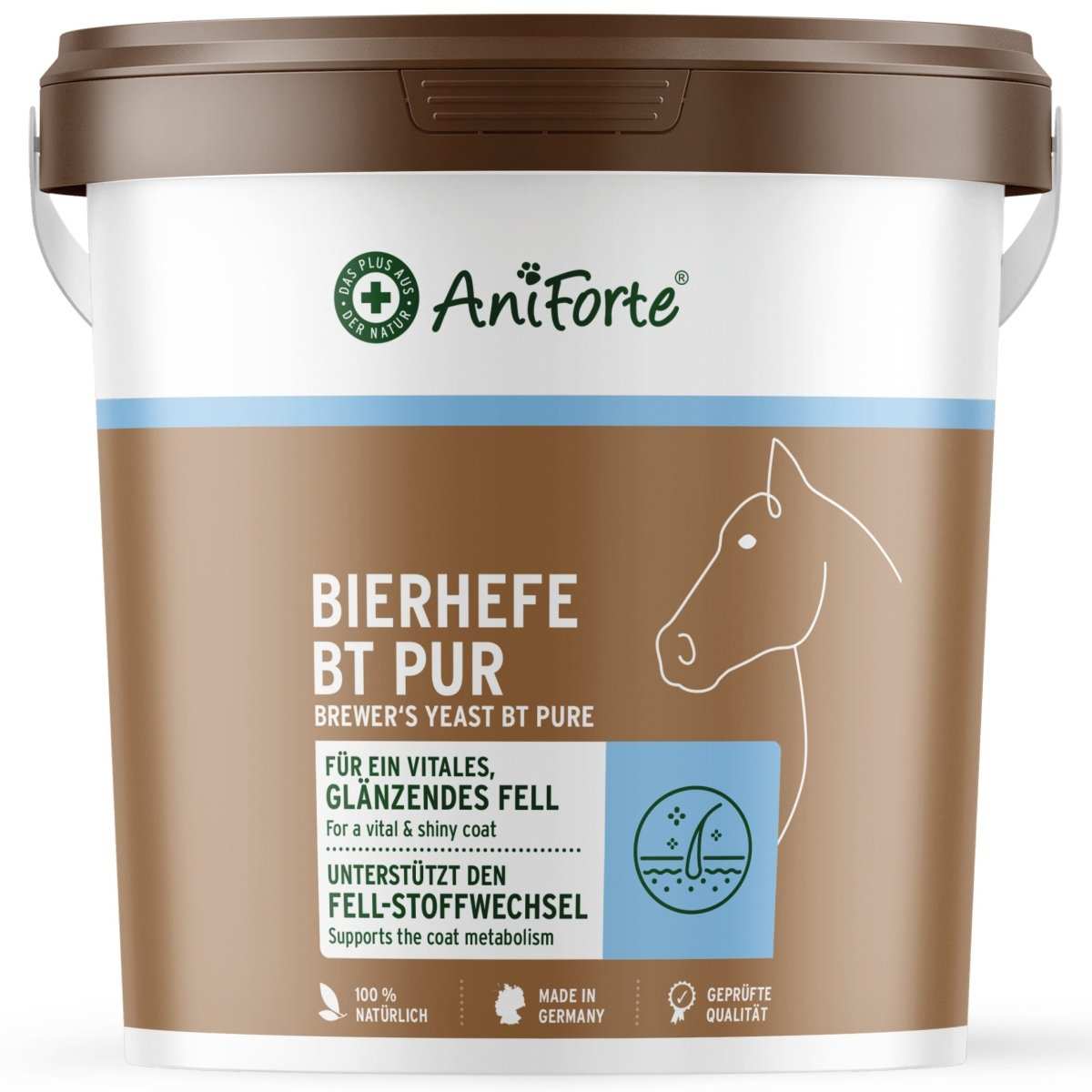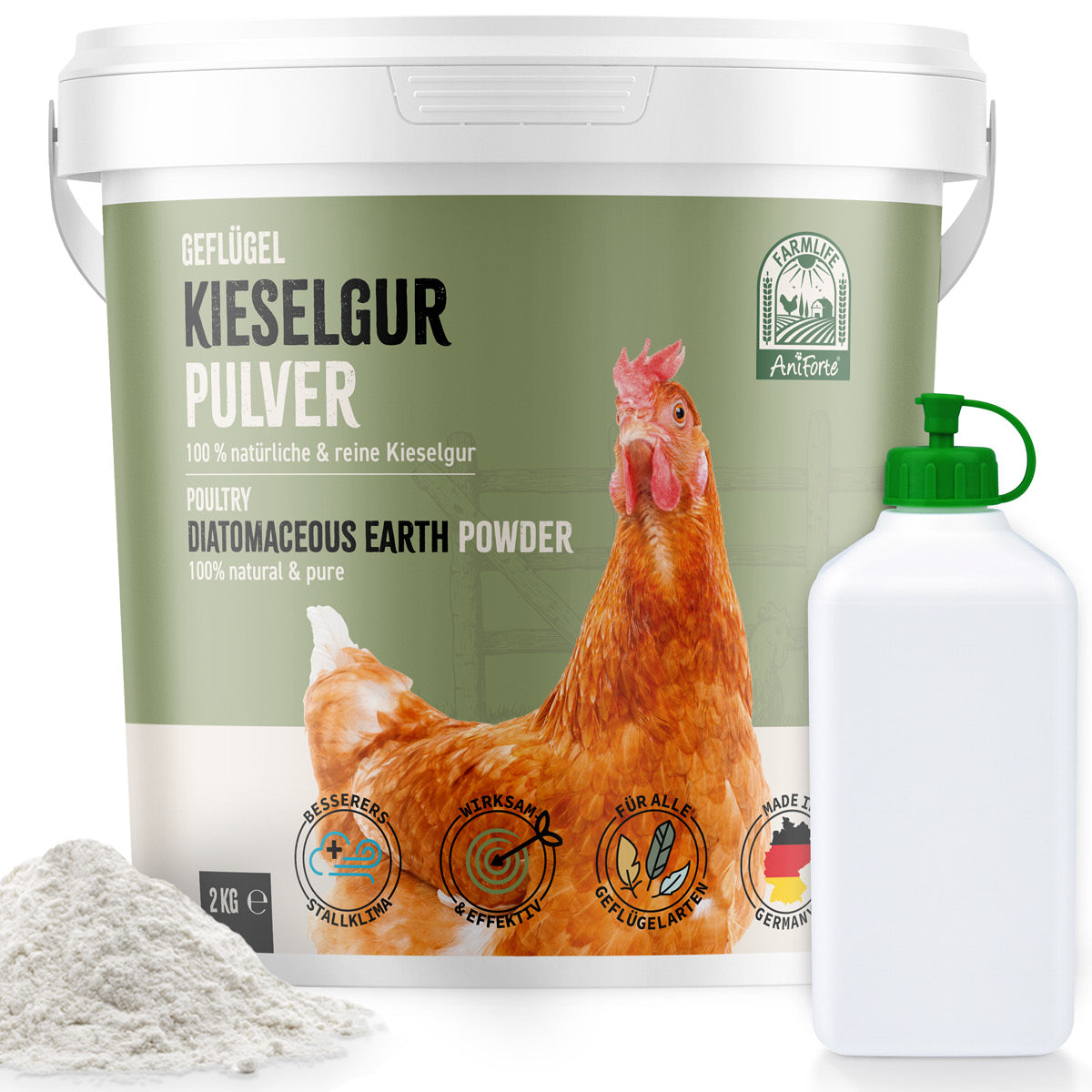Summer, sun and a dip in the cool water - this is also the best time of the year for dogs. But there are a few things to consider for your four-legged friend at lakes, rivers and on the coast. Our veterinary practitioner Angelica explains today where hidden dangers lurk in the water and how swimming can still be great fun for your dog.
Where can my dog swim?
-
Using dog beaches
In the high season, bathing on public beaches is generally prohibited for four-legged friends so as not to disturb human bathers. The dog beaches are clearly signposted. In the low season, there are often more opportunities to enjoy the water with your dog than in the high season.
-
Comply with dog bathing bans
Dog bathing bans should be observed so as not to cause any trouble. Some lakes or coastal beaches open to dogs in the evening. You just need to adjust your pet's bathing times accordingly.
-
Take nature reserves into account
Many ponds, pools and lakes are idyllically situated in nature reserves. As the name suggests, the focus in these bodies of water is on nature and the preservation of animal and plant biodiversity. This is why dogs are not allowed to swim there.
-
Know the ebb and flow of the tide
The tides prevail at sea - more so on the North Sea than on the Baltic coast. High and low tides occur twice a day at intervals of around six hours, meaning that the tides shift by around five hours within a week. You can use so-called tide or tidal calendars as a guide. Don't stray too far from the coast on your walks. The Baltic Sea offers more opportunities for dogs who like to swim. The North Sea, on the other hand, offers wonderful mudflat walks with your four-legged friend.
-
Take general bathing bans seriously
If the municipality issues a general bathing ban for a body of water, there is usually a reason for this. Therefore, four-legged friends should also avoid the water in these cases. Depending on the type of facility, e.g. quarry pond, artificial reservoir or natural body of water, there may be a danger that seems hidden to us at first.

Dangers for dogs in standing water
As temperatures rise steadily in the summer months, the water quality of stagnant and slow-flowing bodies of water suffers in many places. Various bacteria and plants multiply uncontrollably in the heat and make some ponds or bathing lakes a risk for humans and animals.
Dogs and blue-green algae
The blue-green algae particularly likes hot summer days. Contrary to what its name and appearance might suggest, it is not algae, but bacteria. Blue-green algae are particularly common where agriculture or private households discharge fertilizers or other pollutants into bodies of water. These are nutrients for the phytoplankton and accordingly the blue-green algae spread across the water as green carpets. You should not confuse these bacteria with flying pollen that settles on the surface of the water. The slightly musty odor and the blue-green streaks on the cloudy water surface are unmistakable when the algae bloom.
Blue-green algae, also known as cyanobacteria, are harmful to health, in contrast to the more harmless green algae. Bathing dogs can come into contact with the toxins released into the water, which can lead to the following symptoms:
-
Allergic reactions
-
Skin irritations such as hot spots (purulent, localized skin inflammation) and pustules
-
Gastrointestinal problems with vomiting
-
Bloody and black diarrhea
-
lethargy
-
Weakness
-
Pale mucous membranes
-
Disorientation
-
Muscle tremors
-
Muscle rigidity
-
Paralysis
-
Seizures
-
Shortness of breath and even unconsciousness
On cooler days in the fall, the blue-green algae die, sink to the bottom and decompose.
Dogs and drinking from stagnant water
In general, drinking from stagnant water can be problematic in summer. The dangers range from harmless gastrointestinal complaints to fatal illnesses. Waters contaminated with blue-green algae lead to the worst reactions if your dog not only bathes in the water but also drinks from it.
Dangers for dogs in rivers
Due to the improved water quality in Germany, many dog owners are allowing their pets to swim in rivers again. This carries a certain risk that you should assess beforehand:
Temperature fluctuations and currents in rivers
Natural flowing waters are not equally warm in all places. This affects the animal's circulation. In addition, rivers often have a strong undercurrent. As the water levels have fallen sharply in many places due to the lack of rainfall, the risk of currents increases. You can remember that the flow speed of the river is always higher on the outside of a river bend than on the inside. Particular caution is required at so-called groynes, stone dams. Dangerous whirlpools form here, which make navigation even more difficult. You should not let your dog jump into the water at these points. Furthermore, the stones there can be very sharp-edged, wobbly and slippery. Your four-legged friend could injure himself.
Dogs in the shipping channel
In strong currents, dogs sometimes get caught in the shipping channel. Either they have strayed too far from the shore or they have even fallen into the water. They now have no chance of swimming against the direction of the water.
What should you do in such a case?
-
Don't jump in after your pet, as this could endanger your life and not save your dog.
-
Call the rescue service and follow the current so that your dog does not desperately try to swim against the current.
-
If the water reaches a calmer area, call him to you and help him ashore with a firm grip.
-
If the water does not calm down, always wait for the rescue services.
Less risk for your dog in the river
To minimize the risk when swimming in the river, you can use the following aids: A drag line prevents your pet from drifting too far. Poor swimmers among dogs should generally wear a life jacket. Both offer double protection. If you are a good swimmer, it is up to you to assess the situation and it helps to know the water.
Dangers for dogs at sea
There are few dangers by the sea - especially on signposted dog beaches. Nevertheless, you should not let your dog go into the water unobserved. Annoying illnesses can still occur in dogs.
Dogs and jellyfish
Most of the jellyfish found on German coasts are harmless to humans and animals. Only an encounter with a jellyfish can have painful consequences. If your dog comes into contact with one of these unpleasant sea creatures several times, there is a risk of an allergic reaction or even cardiovascular problems.
In the event of contact, it helps to calm your dog down and get him out of the water as quickly as possible. Try to get him to lie down calmly. Adhering jellyfish threads are best rinsed off with wine vinegar. If this is not available, use salt water first. Under no circumstances should you use fresh water or even try to remove the threads. This is because the nettle capsules burst open on contact and it burns all the more. The affected areas should then be treated with vinegar water and cooled. A visit to the vet is recommended.
Dogs and the water rod
Water rod (cold tail syndrome) occurs acutely after water activities. You can recognize it by the characteristic position of your dog's tail: It is stretched a few centimeters straight out, the rest of the tail hangs down limply. This is where the term mutton tail comes from. The base of the tail is often swollen and extremely sensitive to pain. The cause of the water tail is a strong strain on the back and tail muscles, especially in cold water, wind and weather. Hunting dogs such as the Labrador Retriever are particularly affected. The disease also occurs in the summer months when the temperatures outside are warmer than the water.
The painful water rod causes many dogs to adopt a protective posture. Some even stop urinating and defecating. If your four-legged friend shows symptoms of water rod, you should consult a vet or veterinary practitioner.
Preventing water rod:
-
Avoid excessive playing and working in the water in cold temperatures
-
Dry the dog off as well as possible after swimming
Dog with water intoxication
Can't have too much water? Yes, so-called hyperhydration or water intoxication is more common in the warmer months. In such a case, your dog takes in more water than his body needs, about a third of his weight. Puppies or small breeds are therefore more at risk. Hyperhydration often occurs unnoticed when your dog spends long periods in the water, e.g. when fetching balls or doing a lot of retrieving work.
If too much water is ingested, the dog's body becomes confused. The cells, including those in the dog's brain, swell as they try to store valuable electrolytes such as salts and minerals. This creates high pressure, which can also affect the lungs and cause pulmonary edema. If left untreated, this in turn can lead to shortness of breath, cramps and ultimately death. The liver and kidneys can also suffer damage.
You can recognize hyperhydration in dogs by the following symptoms:
-
Fatigue
-
Trembling and swaying
-
Vomiting or heavy salivation
-
shortness of breath
-
A very bloated stomach
-
pale mucous membranes
-
dilated pupils
-
Coordination disorders up to twitching, convulsions and unconsciousness
These symptoms often only appear when you and your dog have long since returned home. Quick action is then vital. The animal must be taken to the doctor as soon as possible. There your dog will receive an infusion and the missing electrolytes. Hyperhydration can easily be avoided. So try to incorporate breaks and rest when working and playing in the water.
Responsible bathing fun with four-legged friends
It is important that you keep an eye on your pet during bathing fun. After all, humans are best able to recognize human-made contaminants (sharp-edged cans, broken glass, plastic or waste). If you also make sure that the water is clean and clear, then nothing stands in the way of carefree days by the water.





